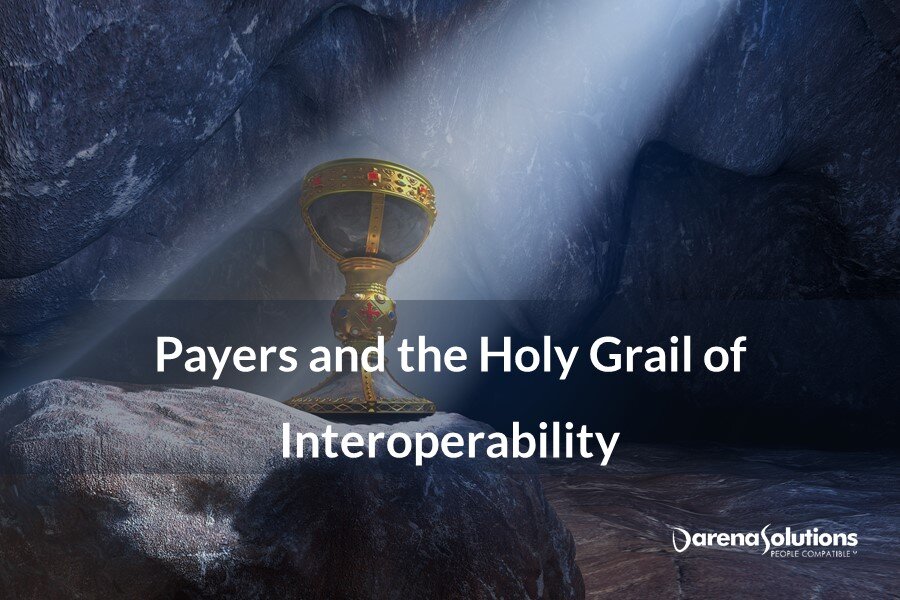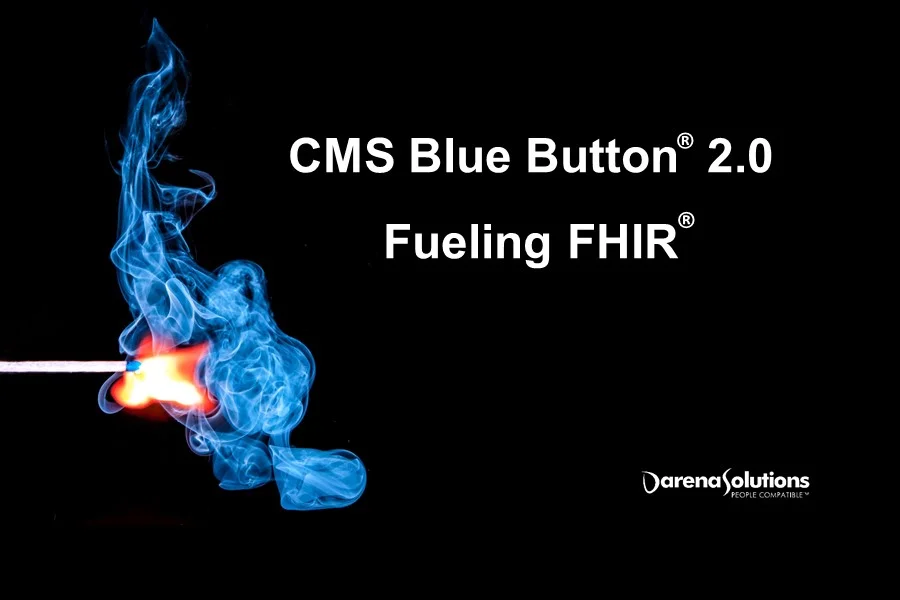Darena Health Blog and News
Liar, Liar, That's not FHIR®
The market for FHIR solutions is quickly heating up. While every solution may have its pros and cons, we have recently seen many announcements and promotions that we felt are misguided representations of FHIR solution's actual capabilities related to meeting regulatory requirements. In this blog, I would like to bring to light some facts, to enable you to make an informed decision.
Interoperability: There is FHIR® at the End of the Tunnel
Over the last decade, billions of American taxpayer dollars have been spent to achieve “interoperability” in healthcare. Has it worked? The answer depends on who you ask. However, everyone agrees that we have a long way to go. Is FHIR® the answer to the interoperability conundrum?
2021: Time for Everyone to Play With FHIR®
As 2020 comes to a close, it is time to reflect back at the year. The COVID challenge we are faced with and drawing upon the lessons learned from it to remind everyone that regardless of the role you play in the healthcare ecosystem (patients, providers, payers, and Health IT vendors), come 2021, you need to start playing with FHIR.
Mirror, Mirror on the Wall, Who’s the FHIRest of Them All?
After the 21st Century Cures Act Final Rule was announced, the healthcare IT marketplace has been inundated with solutions, all claiming to be able to meet or even exceed the compliance requirements. Unfortunately, there is no magic mirror available that can tell you which FHIR solution is the fairest choice for your organization. So, let’s start with some facts and follow a logical path to help you find a solution that not only meets your current needs, but aligns with your future requirements as well.
CCDA TO FHIR® Crosswalk: An Information Blocking Insurance
Updating the CCDAs might be the easiest way to share USCDI data and avoid the $1,000,000 penalty under information blocking regulation. However, it might not be the best way as Cures Act ultimately requires you to make the same data available through a FHIR® API. In this blog, we will drill a little deeper on how making this data available through a FHIR® API is a better long-term strategy than simply sharing an updated CCDA.
Am I an Information Blocker: A $1,000,000 Question
On October 29th, 2020, ONC announced an Interim Final Rule to extend compliance for some of the provisions including Information Blocking due to the COVID-19 pandemic. In this blog, we discuss what changed in the Interim Final Rule, how it impacts providers and EHR vendors, and solutions for meeting the Information Blocking requirements.
BlueButtonPRO™ - First Certified Solution for Cures Act Announces Integration with Microsoft Azure API for FHIR
Darena Solutions announced a new integration between their BlueButtonPRO™ solution and Microsoft® Azure API for FHIR. BlueButtonPRO is an end-to-end FHIR-based patient engagement platform to connect providers, payers, research organizations, registries and patients.
First Certified FHIR Solution for Cures Act - BlueButtonPRO™
BlueButtonPRO™ by Darena Solutions becomes the nation’s first ONC certified solution for meeting 21st Century Cures Act requirements for EHR Vendors and Payers. BlueButtonPRO™ can be integrated with any EHR to meet the Cures Act requirements mandated by ONC for all EHR Vendors. It also meets and exceeds the CMS Interoperability and Patient Access final rule requirements for payers.
Personal FHIR® Records - A Safety Deposit Box or Interest-Bearing Account?
It can be hard to explain how a Personal FHIR® Record differs from a Personal Health Record. But in reality there is a key difference in the interoperability of the two record types. That difference is what makes a PFR special, and why every patient should have a PFR.
Get Ready for Cures Act With Azure API For FHIR®
There is a lot of confusion on what exactly the 21st Century Cures Act requires and includes. We help break down the law and demonstrate how we are helping our clients meet the requirements using Azure API for FHIR®.
Why FHIR® Matters for Patients?
More than any other stakeholder it is patients who stand to gain the most from FHIR enabled semantic interoperability. In this blog, we outline the major benefits that patients can expect to gain from increased interoperability.
FHIR®: What’s in it for Providers?
There is a lot of buzz surrounding the concept of interoperability and FHIR®, but what do healthcare providers get out of it? We delve into a variety of benefits that providers organizations (big and small) can expect to see when they decide to adopt FHIR®.
Payers and the Holy Grail of Interoperability
Healthcare payers stand to benefit from increased interoperability.. We explore why proposed rule CMS-9115 could mean a lot for payers in 2020.
2020: The Decade of Semantic Interoperability and Compliance
Let's take a look at the history, and future, of compliance and interoperability in healthcare, and what to expect out of patient focused semantic interoperability. Will 2020 finally be the year that healthcare changes put the patient first?
Connecting Patients With FHIR® Based Clinical Data Registry
Read how to implement a clinical registry solution based on Microsoft Azure API for FHIR that accepts data directly from patients in a very secure yet simple way. Before a patient can share data, they need to have access to the data themselves and be able to control it. Find out how we address this issue.
FHIR® Power: A Clinical Registry with Azure API for FHIR® & Microsoft Power BI
Read how Microsoft Azure API for FHIR can be used in conjunction with Microsoft Power BI to meet scientific, clinical, and health policy, and MIPS reporting requirements for a professional association’s clinical registry.
Patient Engagement On FHIR® in 7 Steps
In a previous blog and the recent webinar, we discussed how CMS has redefined the Patient Engagement requirements under MIPS in 2019. In the proposed rule announced during HIMSS, ONC proposed a new certification criterion targeted towards those objectives that EHRs will need to support going forward. There is a lot of concern (and confusion) specially regarding the security requirements related to “enabling access for patients to their medical records”. This blog provides clarification regarding these requirements and the associated security concerns.
Hit Refresh. PHR to PFR (Personal FHIR® Record) with Microsoft® FHIR Server
While Apple’s Health App is a great initiative to get healthcare consumer directly involved with FHIR®, there are some serious limitations in this approach. Read how we have used Microsoft® FHIR Server and Azure Cosmos DB in our BlueButtonPRO App to address these limitations while trying to achieve the same end goal i.e. empowering healthcare consumer with access to their healthcare data with Personal FHIR Record.
Start a FHIR® in 60 minutes with Microsoft® Azure API
In our recent blog, we discussed how Microsoft has taken a radically different approach as compared to Amazon and Google for their FHIR® offerings. Yesterday Microsoft announced Azure API for FHIR that adds to it’s open-source project for FHIR. We gave it a try.
CMS Blue Button® 2.0 Fueling FHIR®
In our last blog we discussed how Apple, Google, Microsoft and Amazon are planning to leverage the HL7® FHIR® standard. This discussion would be incomplete without the mention of probably the largest FHIR solution in the country today managed by a (non-tech) organization. I am talking about Blue Button 2.0 by Centers for Medicare and Medicaid Services (CMS).



















